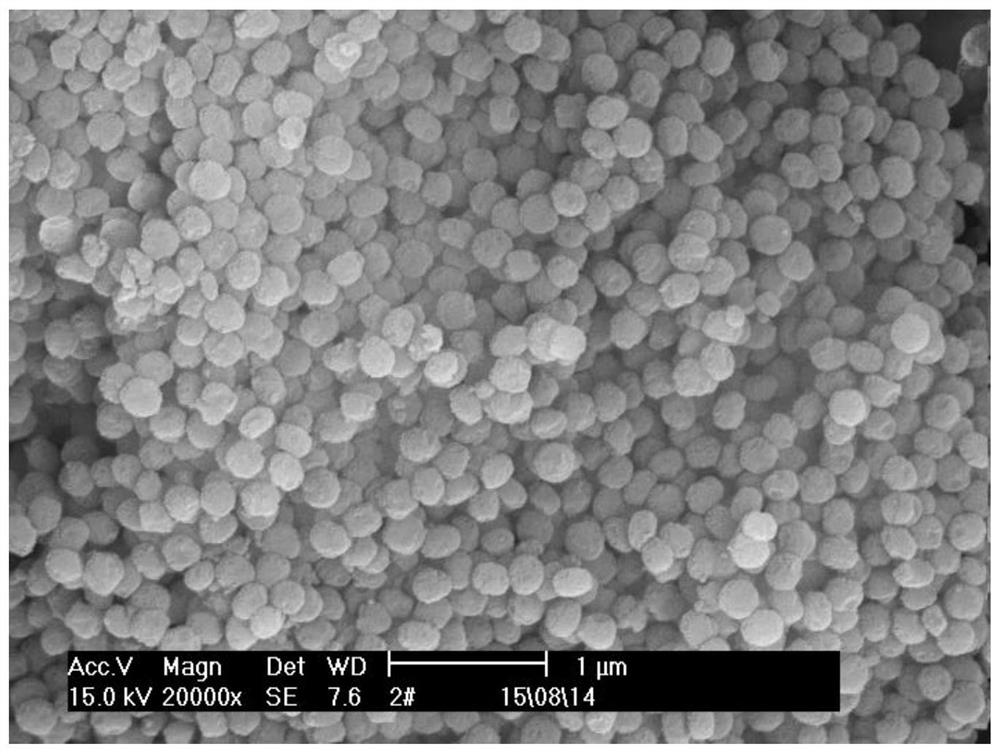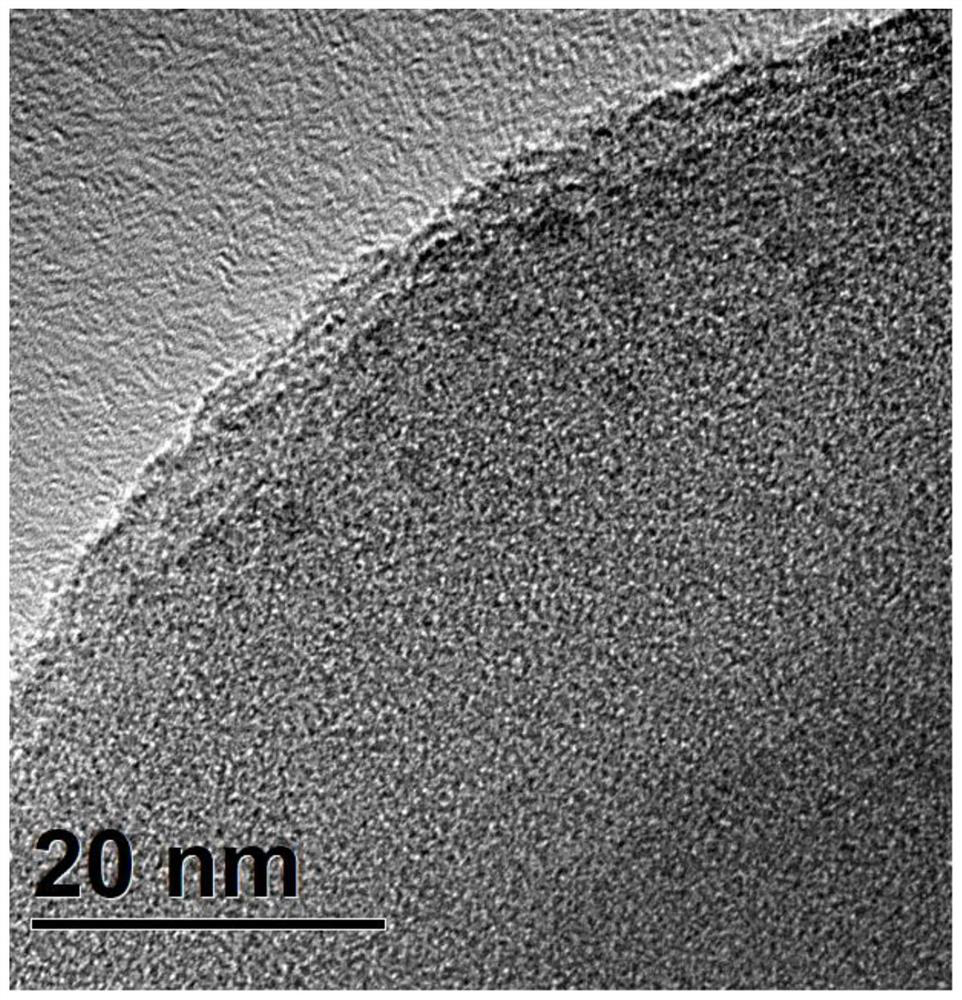Catalyst with dehydrogenation function, preparation method and application thereof, and method for generating low-carbon olefin by dehydrogenation of low-carbon alkane
A technology of low-carbon alkanes and catalysts, which is applied in the field of catalysts to achieve high stability, reduce the possibility of excessive dehydrogenation, and improve surface properties
- Summary
- Abstract
- Description
- Claims
- Application Information
AI Technical Summary
Problems solved by technology
Method used
Image
Examples
Embodiment 1
[0070] (1) Select chloroplatinic acid and ZnNO respectively 3 , Ca(NO 3 ) 2 It is the active component precursor and auxiliary agent precursor. Adopt equal-volume impregnation method and vacuum rotary steaming method to load Pt, Zn and Ca on the all-silicon molecular sieve according to the proportions of 0.5 wt%, 0.8 wt% and 0.4 wt% of the carrier weight. Then the product was dried at 120°C for 2h, and then calcined at 580°C for 2h. Broken to 40-60 mesh.
[0071] (2) Mix the product obtained in step (1) with toluene at a mass ratio of 1:6, and heat to reflux at 55°C for 24h. After washing the heated reflux product twice with toluene, it was vacuum-dried at 50° C. and 97 kPa vacuum for 24 hours. A surface-functionalized catalyst A1 was obtained. Its scanning electron microscope picture is as figure 1 shown. Transmission electron microscope picture as figure 2 As shown, it can be seen from the figure that the average particle size is 250nm, and the average particle siz...
Embodiment 2
[0073] (1) Select chloroplatinic acid and ZnNO respectively 3 , Ca(NO 3 ) 2 It is the active component precursor and auxiliary agent precursor. Adopt equal-volume impregnation method and vacuum rotary steaming method to load Pt, Zn and Ca on the all-silicon molecular sieve according to the proportions of 0.5 wt%, 0.8 wt% and 0.4 wt% of the carrier weight. Then the product was dried at 120°C for 2h, and then calcined at 600°C for 2h. Broken to 40-60 mesh.
[0074] (2) Mix the product obtained in step (1) with xylene at a mass ratio of 1:5, and heat to reflux at 55°C for 24h. After washing the heated reflux product twice with toluene, it was vacuum-dried at 60° C. and 97 kPa vacuum for 24 hours. Surface functionalized catalyst A2 was obtained.
Embodiment 3
[0076] (1) Select chloroplatinic acid and ZnNO respectively 3 , Ca(NO 3 ) 2 It is the active component precursor and auxiliary agent precursor. Adopt equal-volume impregnation method and vacuum rotary steaming method to load Pt, Zn and Ca on the all-silicon molecular sieve according to the proportions of 0.5 wt%, 0.8 wt% and 0.4 wt% of the carrier weight. Then the product was dried at 120°C for 2h, and then calcined at 580°C for 2h. Broken to 40-60 mesh.
[0077] (2) Mix the product obtained in step (1) with cyclohexane at a mass ratio of 1:8, and heat to reflux at 50°C for 24h. After washing the heated reflux product twice with toluene, it was vacuum-dried at 60° C. and 97 kPa vacuum for 24 hours. Surface functionalized catalyst A3 was obtained.
PUM
| Property | Measurement | Unit |
|---|---|---|
| specific surface area | aaaaa | aaaaa |
| pore size | aaaaa | aaaaa |
| particle size | aaaaa | aaaaa |
Abstract
Description
Claims
Application Information
 Login to View More
Login to View More - R&D Engineer
- R&D Manager
- IP Professional
- Industry Leading Data Capabilities
- Powerful AI technology
- Patent DNA Extraction
Browse by: Latest US Patents, China's latest patents, Technical Efficacy Thesaurus, Application Domain, Technology Topic, Popular Technical Reports.
© 2024 PatSnap. All rights reserved.Legal|Privacy policy|Modern Slavery Act Transparency Statement|Sitemap|About US| Contact US: help@patsnap.com










